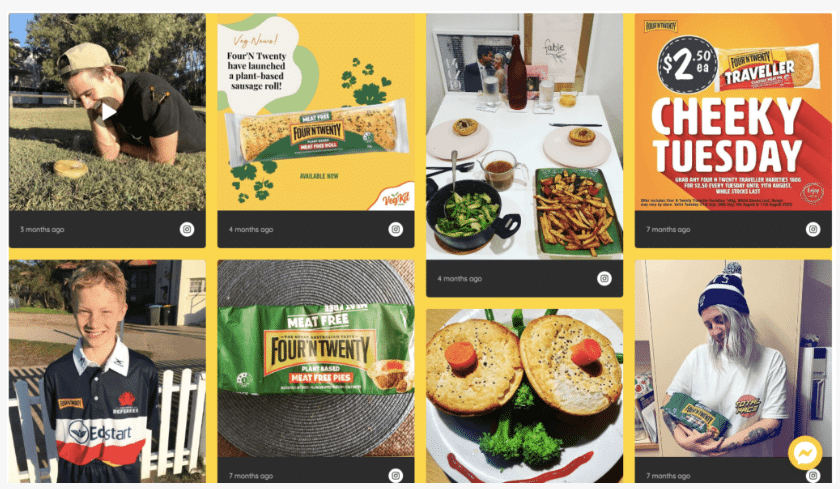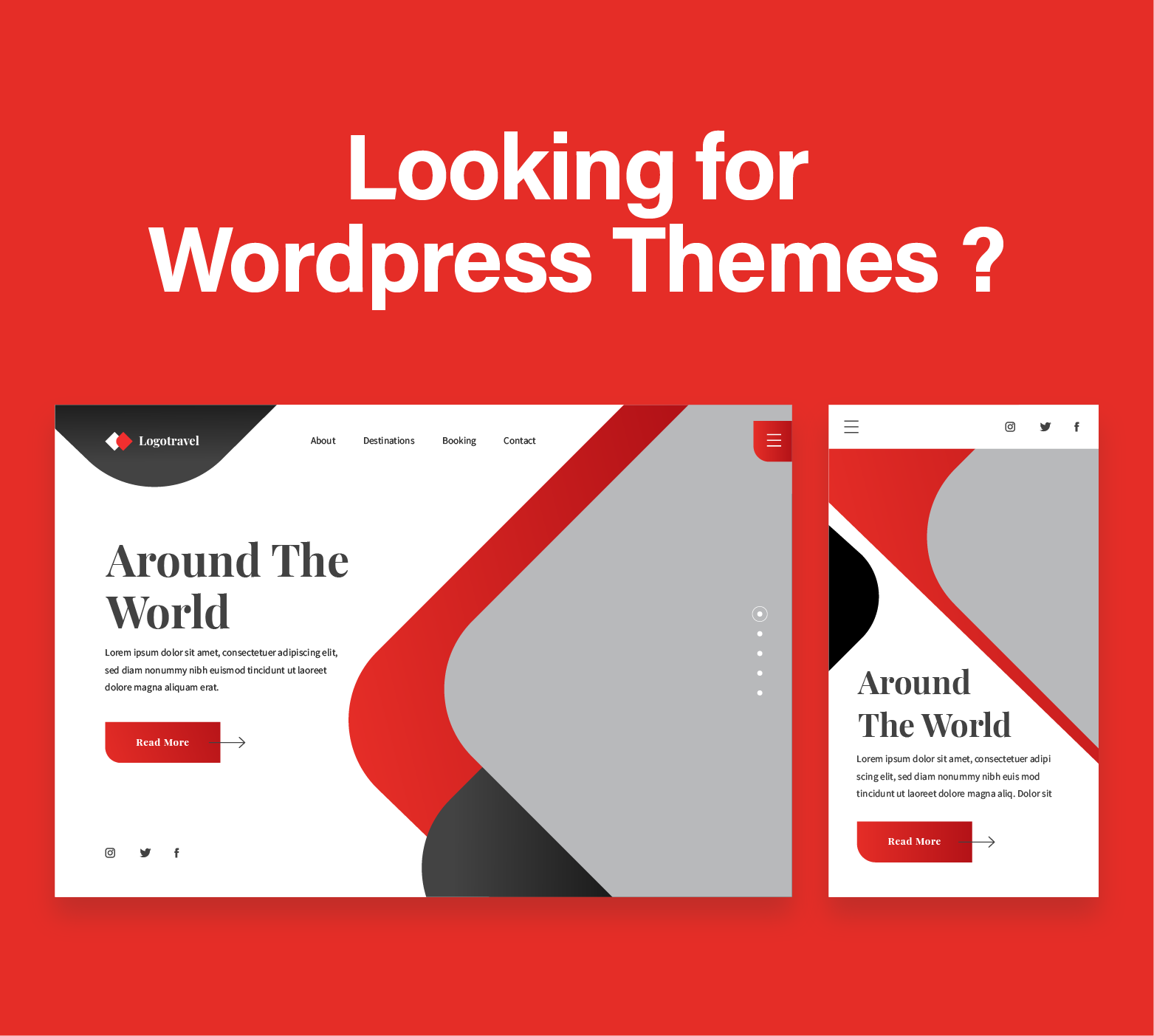Introduction
User generated content wins trust, fuels discovery, and reduces your production costs. Visitors believe peers more than brands, so UGC unlocks credibility at scale. Communities also create a steady flywheel of fresh pages for search engines. That is how engagement grows without budget spikes or late night content marathons. I have seen quiet forums turn into traffic magnets with simple structure and strong prompts.
Practical blueprint for developing and launching an UGC website or app
This article gives you a practical blueprint for a UGC website. You will see the essential features and the governance that keeps quality high. You will also get a modern tech stack that balances speed and safety. Finally, you will see transparent pricing and a clear delivery plan. SiteMile can implement this foundation fast and scale it confidently.
Do you want to build a platform or an app fo user generated content ? No problem, just get in touch with us and let us give you a price quote for custom development.
What a UGC Website Really Delivers
A great UGC site is a system for briefs, submissions, review, and publication. Creators apply to briefs and submit posts, images, or clips. Moderators guide tone and protect the community from spam and abuse. Brands coordinate campaigns and measure impact across search and social. Everyone benefits when incentives and workflows are visible and fair.
You are not only collecting content, you are shaping reputation. Good prompts and helpful tooling produce useful and shareable assets. People return when they feel heard, featured, and rewarded. That is the work behind sustainable growth.
Best Fit Use Cases
UGC shines when communities want to share their experience and craft. Creator brief marketplaces connect brands with micro influencers at scale. Niche review sites collect structured opinions that convert later researchers. How to communities teach skills and celebrate wins with friendly nudges. Video galleries capture product stories and unboxings that help hesitant buyers.
Sometimes a single strong use case is enough to win a category. Focus helps moderation and discoverability more than flashy extras. I learned that after launching one feature too many.
Core Features You Actually Need
-
User roles define creators, moderators, brand owners, and administrators with clear permissions.
-
Creator profiles showcase submissions, badges, social links, and acceptance rates for trust.
-
Briefs include requirements, deadlines, tags, fees, and status with transparent updates.
-
Applications support attachments, structured fields, and fast review by assigned moderators.
-
Submissions allow drafts, autosave, versioning, and safe retries after soft rejection.
-
Moderation adds queues, flags, audit logs, and assisted screening for toxic language.
-
Discovery uses tags, search, collections, and featured slots to keep content moving.
-
Engagement tools power follows, comments, reactions, and weekly email digests.
-
Trust and safety adds rate limits, spam traps, and IP throttling during surges.
-
Monetization supports paid briefs, subscriptions, tipping, and transparent payouts.
-
Admin dashboards track velocity, acceptance rates, and creator retention over time.
I know that list looks ambitious, yet it is achievable with a phased plan. The trick is cutting scope smartly while protecting the core loop.
Content Workflow and Governance
Strong UGC needs a predictable lifecycle that creators can trust. A simple path looks like brief to application to assignment to submission to review to publish. Each stage has owners, service levels, and clear rejection reasons. Templates and checklists remove friction while preserving creative voice. Your legal terms cover rights, licensing, and content takedown requests.
Governance is lighter than you think when incentives are aligned. Creators want to be featured, so they follow your playbook. Moderators want signal, so they triage by policy and impact. Brands want outcomes, so they fund briefs that match strategic goals. Everyone wins when rules are public and consistent.
The Recommended Tech Stack by SiteMile
-
Frontend uses Next and React for fast loads and server side rendering for SEO.
-
Design adopts Tailwind or Bootstrap with responsive components and accessible patterns.
-
Backend uses Node with Nest or Express, or PHP with Laravel or WordPress.
-
Data stores live in PostgreSQL or MySQL, with Redis for caching and background queues.
-
Search runs on Meilisearch or Elasticsearch with facets, synonyms, and typo tolerance.
-
Storage uses S3 compatible buckets with a global CDN for fast and cheap delivery.
-
Video uses Mux or Cloudflare Stream for ingest, transcoding, and animated thumbnails.
-
Authentication supports OAuth, email magic links, and optional two factor security.
-
Authorization is role based with policy guards and audited permission changes.
-
Payments use Stripe with Connect for creator payouts and automated tax flows.
-
Analytics uses PrettyInsights to track funnels, retention, and campaign performance.
-
Infrastructure runs in containers with CI and CD and proper observability dashboards.
We choose components that have strong communities and sane defaults. Your team gets maintainable code, not a fragile science experiment. Your users get speed, safety, and clarity.
Reference Architecture in Plain Words
The browser talks to an API gateway that routes to dedicated services. Authentication, briefs, submissions, search, and moderation scale separately. Data lands in relational storage with read replicas and a cache. Media goes to object storage and rides a CDN for distribution. Background workers handle thumbnails, notifications, and assisted moderation.
This separation keeps the blast radius small during busy campaigns. It also lets your budget grow only when the loop truly scales.
Security, Compliance, and Scalability
Security starts with least privilege and short lived tokens for sessions. Inputs are validated, logged, and rate limited at every boundary. Media links expire, and sensitive downloads use signed requests by default. Personal data follows clear retention policies with export and deletion flows. Your legal team gets consent logs and transparent access trails.
Scalability comes from streaming uploads and bounded queues for background tasks. We shard or partition hot tables when communities reach serious velocity. Load tests simulate campaign spikes and identify weak joins early. Backups and disaster recovery plans are documented and regularly rehearsed. I sleep better when the pager is boring.
Delivery Timeline and Working Style
Weeks one and two cover discovery, wireframes, and the domain model. We define the core loop and choose the minimum features for launch. Weeks three through five deliver authentication, briefs, submissions, and moderation. You get a staging environment and weekly demos to steer scope. Weeks six through eight add search, notifications, analytics, and SEO.
If you include video and payouts, plan weeks nine through ten. We wire the video pipeline and connect payouts with creator onboarding. Weeks eleven and twelve handle quality checks, security review, and performance tests. We write documentation and plan content migration with a dry run. Launch follows a checklist with owners and clear rollback steps.
I prefer fewer meetings and more working software. You will see progress on screen, not only in slides.
Transparent Budget and Pricing
Every project is scoped precisely, yet ranges help planning and buy in. An MVP starter usually lands between six and twelve thousand euros. That includes roles, briefs, submissions, moderation, SEO basics, and a small admin. A growth package ranges from fifteen to thirty five thousand euros. It covers advanced search, notifications, analytics views, and robust creator profiles.
Enterprise scale begins around forty five thousand euros and can exceed one hundred thousand euros. That tier adds video streaming, multi region delivery, single sign on, and custom audits. We offer fixed price phases for certainty, or time and materials for flexibility. Many clients launch with an MVP, then expand features after traction. That rhythm keeps risk low and learning fast.
Analytics, SEO, and Growth Loops
Search engines reward consistent structure and useful archives. Server rendered pages, clean URLs, and schema markup help discovery. Collections and tags keep related posts visible across seasons and campaigns. Weekly digests turn silent lurkers into happy contributors over time. Leaderboards and badges motivate creators without expensive prizes.
Measure creator supply, brief fill rates, and time to first decision. Track the content that drives signups, sales, or other valuable actions. Reward what works, prune what drags, and keep the loop moving. I like to review funnels every two weeks with a short scoreboard. Numbers focus everyone when opinions start wandering.
Ready to build your UGC platform or app ?
Ready to build a UGC platform that actually converts and scales. Book a short scoping call with SiteMile today. We will map the architecture, propose the first phase, and give a clear estimate. No jargon, no mystery, only a plan you can explain to your team.
Conclusion
A compelling user generated content website is a product, not a page. It blends structure with freedom and incentives with safety. When you get the loop right, creators bring the energy every week. When you build the rails well, moderators can keep quality without burnout. When you choose a balanced stack, your costs stay predictable as momentum grows.
SiteMile ships this stack with attention to detail and honest guidance. We scope with care, we communicate clearly, and we iterate with intent. Your community will feel the difference in speed and polish. Your stakeholders will appreciate clarity, metrics, and steady improvement. Your future self will thank you for choosing a sane foundation.
One last line for luck, I promise the submit button will not hide again.









